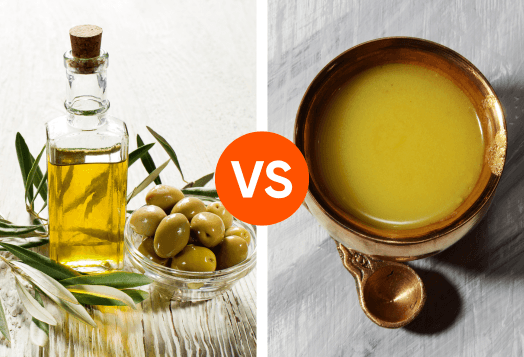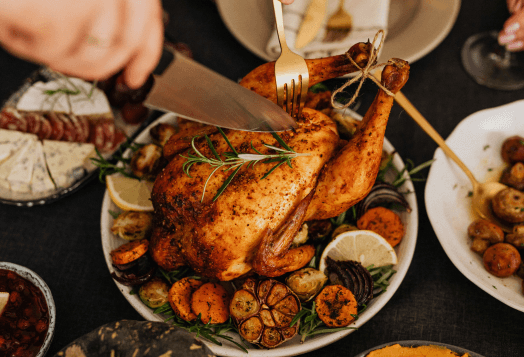Hair loss in dogs, known as alopecia, can stem from various factors ranging from allergies to hormonal imbalances. If your pup’s once-glossy coat is looking patchy or thin, it’s worth paying attention. While some shedding is normal, excessive or sudden hair loss often points to something more serious. Let’s explore the top reasons your dog might be losing hair and how to help.
7 Possible Reasons Behind Your Dog Losing Hair
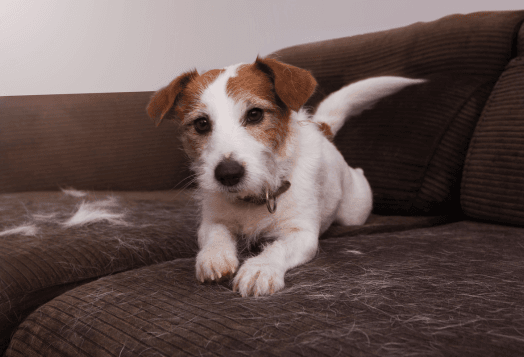
While some hair loss is completely normal, excessive or patchy shedding could signal a deeper issue. Here are the seven most common reasons your dog might be losing hair.
1. Allergies
Environmental allergens (pollens, dust mites) or food sensitivities can trigger itching, redness and hair fall, particularly around the belly, paws, ears or eyes. Dogs may scratch or chew, damaging their coat. Allergy testing, hypoallergenic diets or immunotherapy are often recommended.
2. Parasites
Fleas, mites (such as Demodex causing demodicosis), or ticks can result in intense scratching and patchy bald spots. Some dogs (e.g. pugs, bulldogs) are more predisposed due to their skin folds o c r immune sensitivities. Left untreated, these infestations can lead to secondary infections and serious discomfort.
3. Hormonal Imbalances
Conditions such as hypothyroidism (low thyroid function) and Cushing’s disease (high cortisol) can cause symmetrical hair loss, poor coat quality, dry skin, weight changes, and more (The Spruce Pets). These imbalances disrupt the skin’s ability to regenerate and maintain healthy hair growth, often making the coat appear thin or uneven over time.
4. Infections
Bacterial infections like pyoderma or folliculitis and fungal infections such as ringworm can inflame the skin, causing pustules, redness, discharge, and significant hair loss. In many cases, these infections start with a small, localised issue that rapidly spreads if not treated promptly.
5. Nutritional Deficiencies
A poor or unbalanced diet can lead to dull, brittle coats and hair thinning, especially if lacking in biotin, zinc, vitamin A, D or iodine, all of which support skin and coat health. Even commercial dog foods can sometimes fall short on key nutrients if not formulated for your dog’s specific needs or life stage.
6. Stress and Anxiety
Psychological stress, from changes in routine, moving home, or separation anxiety, can manifest as excessive licking or chewing and result in hair loss, often called psychogenic alopecia. Dogs are creatures of habit, and prolonged anxiety can lead to self-soothing behaviours that damage their fur and skin.
7. Genetic Factors
Certain hereditary conditions like follicular dysplasia, Alopecia X, or colour dilution alopecia affect breeds such as Dobermans, Dachshunds, Pomeranians, or blue/fawn‑coated dogs. While these issues often appear in early adulthood, their severity and progression can vary widely between individual dogs and breeds.
How to Prevent Hair Fall in Dogs: Home Remedies & Tips
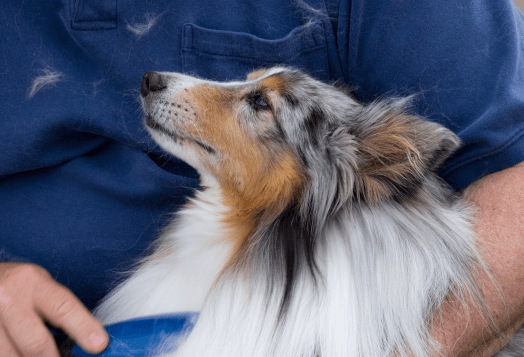
1. Regular Grooming
Brushing your dog regularly with professional pet grooming on pyng removes loose hair, spreads natural oils, and improves circulation in the skin. It also helps you detect early signs of skin irritation, bumps, or parasites. Always use a soft brush and a gentle, breed‑specific shampoo to avoid drying out their skin.
2. Balanced Diet
A nutrient-rich, vet-approved diet is one of the most important investments you can make in your dog’s health. Look for foods high in Omega‑3 and Omega‑6 fatty acids, biotin, and protein. If needed, supplements can help, but always introduce them under veterinary guidance.
3. Parasite Control
Fleas, ticks, and mites are common culprits behind hair loss in dogs. Maintain year‑round protection using vet-recommended preventives and make it a habit to check your dog’s coat after walks or outdoor play, especially during warmer months.
4. Skin-Soothing Baths
A soothing bath with oatmeal, aloe vera, or coconut-based dog shampoos can relieve itching and inflammation, especially for dogs with sensitive skin or allergies. Just don’t overdo it: once every few weeks is usually enough unless your vet advises otherwise.
5. Reduce Stress and Provide Enrichment
Mental stimulation is just as important as physical care. Boredom or anxiety can trigger overgrooming, chewing, and licking, all of which lead to hair loss. Make sure your dog has access to toys, walks, playtime, and a calm home environment.
6. Regular Vet Checkups
Preventive vet visits every 6–12 months can help spot issues like hormonal imbalances, infections, or nutrient deficiencies before they cause visible symptoms like hair loss. Early intervention saves both your pup's discomfort and you, bigger vet bills down the line.
Consistent, everyday care is the best approach to how to prevent hair fall in dogs and supporting a shiny, healthy coat. Vet checkups, balanced meals, and gentle grooming all go a long way.
When to Consult a Veterinarian
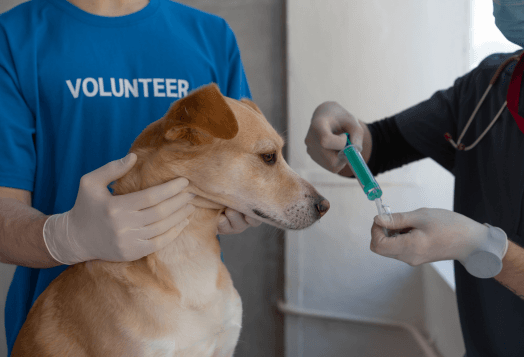
If your pup’s hair loss is persistent, getting worse, or accompanied by other symptoms, like redness, swelling, crusty patches, foul odour, lethargy, or changes in appetite, it’s time to consult a vet. These signs could point to underlying issues such as infections, hormonal imbalances, or even autoimmune disorders that require medical attention. Your veterinarian may conduct skin scrapings, bloodwork, fungal cultures, biopsies, or allergy testing to get to the root cause and recommend the right hairfall treatment in dogs. Early diagnosis not only helps relieve your dog’s discomfort faster but also prevents minor conditions from becoming serious long-term problems.
Keep Their Coat Shiny and Healthy
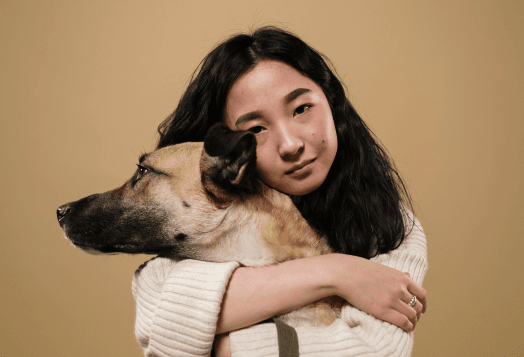
Hair loss in dogs can be worrying, but the good news is, many causes are manageable with timely care. Whether it’s allergies, hormonal imbalances, poor diet, or stress, understanding the root cause is key. With regular grooming, a nutrient-rich diet, and some trusted dog losing hair home remedies, like oatmeal baths or coconut oil massages, you can support healthy coat regrowth. Learning how to prevent hair fall in dogs starts with these simple, everyday steps.


